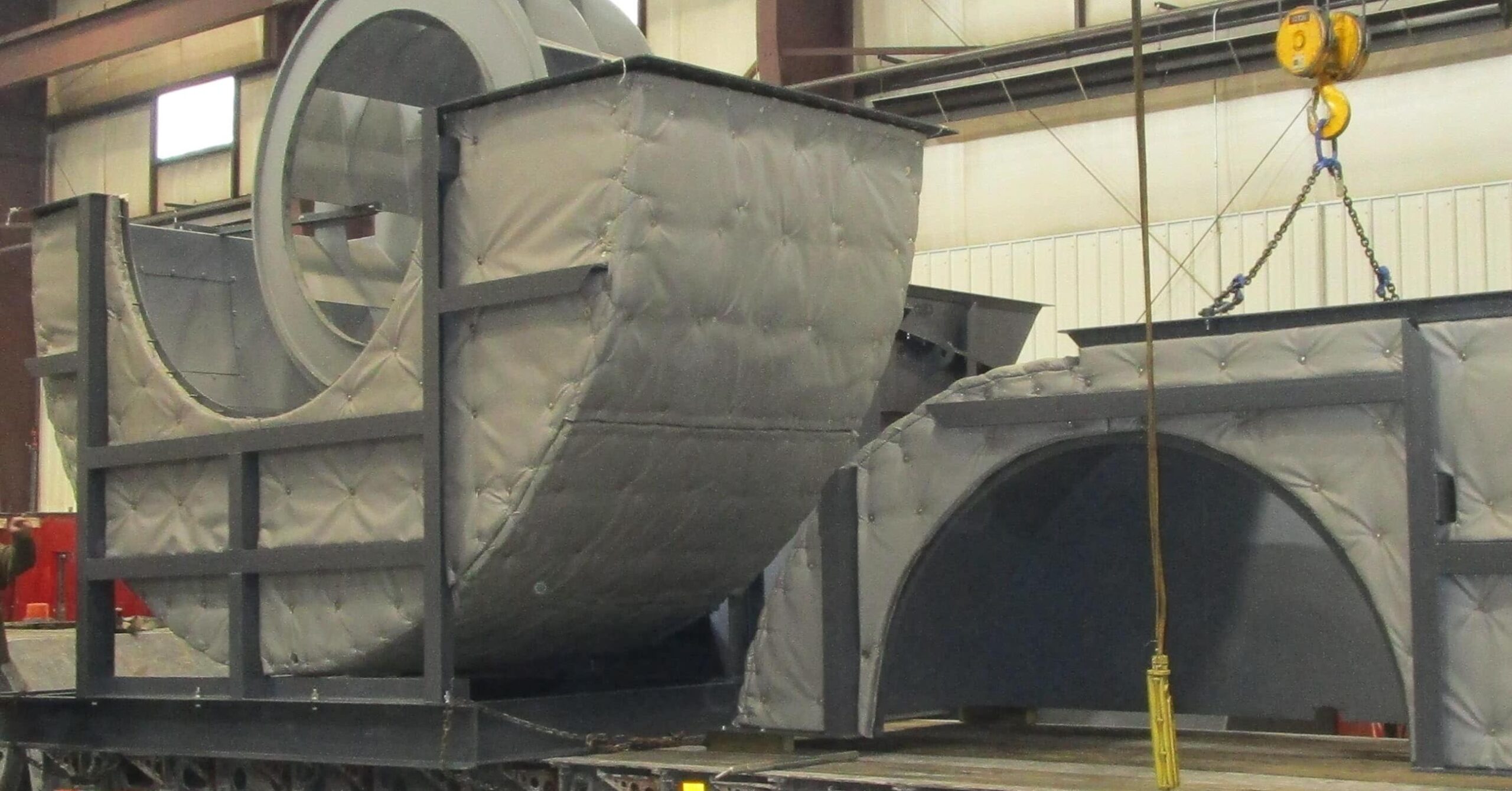Mitigating Fan Noise Through Tailored Acoustical Solutions
The incessant hum or whirring of multiple fans and noise can go beyond a mere part of a nuisance, and become a major intermediary factor that affects the quality of occupational activities and causes poor sleep, and stress as well. Fans found in seamless proof real estate, business, or manufacturing settings lead to noise that can be controlled by the use of effective strategies. One advantage of acoustical solutions is that they provide a close and efficient approach to dealing with the prevalent issue of noise pollution.
Understanding the Impact of Fan Noise
The fans’ noise can be produced from many sources air turbulence, ambient noise within the blades and electronic enclosures through which it propagates, bearing and motor drive operations, structural disposition, and vibrations transferred onto the nearby walls. These sound waves can lead to a multitude of detrimental consequences:
- Reduced efficacy and focus: Frequent noise is a distraction that hinders work performance by making it difficult to truly concentrate.
- Potential health concerns: Prolonged contact with loud sounds places people at risk of hearing impairment, increased stress, and even cardiovascular problems.
- Diminished property value: In office buildings and industrial spaces, ultrasonic noises can reduce property value because they stop people from registering for the bargain.
Traditional Noise Reduction Methods: Limitations and Drawbacks
While complete noise elimination may not always be feasible, traditional methods employed to address fan noise often possess limitations:
- Increasing fan-listener distance: This approach is often impractical in confined spaces where fan placement is crucial for optimal ventilation.
- Utilizing noise-masking devices: While offering some relief, these devices introduce additional sound, potentially creating a more complex and distracting soundscape.
- Implementing soundproofing materials: Soundproofing an entire room or area can be a costly endeavor, and may not effectively address noise specifically generated by fan connections.
The Advantages of Acoustical Solutions
Acoustical solutions offer a targeted and cost-effective approach to significantly reduce noise emanating from fan connections. These specialized solutions are designed to deliver the following benefits:
- Dampen and absorb unwanted noise: An acoustical solution is a best practice for this, which reduces sound transmission and intensity, and creates an ambiance in which it is convenient to work and concentrate.
- Variety of options: These noise-reducing devices come in different species besides they are available to any fan types and installations. They offer ceilings in terms of solving the noise problem.
- Cost-effective approach: Compared to extensive soundproofing or fan relocation, acoustical solutions often represent a more economical approach to noise reduction.
- Simplified installation: Many solutions are designed for straightforward and expeditious installation, minimizing disruption and downtime.
Types of Acoustical Solutions for Fan Connections
Several types of acoustical solutions can be employed to address fan noise, each offering distinct advantages and applications:
- Flexible connectors: These separators, designed to be isolated from vibrations and therefore sound transmission between fans and ductwork as well as noise dampening devices, are an effective tool for reducing the noise levels inside air ducts. These pieces, created from rubber, neoprene, and braided metal work as transfer barriers, reserving the fan at the vocal in the ducting, thus preventing sound transfer. Flexible connectors are versatile and adaptable to a number of versions of fans with a range of applications making them a loved product among residential buildings and commercial centers.
- Acoustic enclosures: When maximum noise reduction is paramount, acoustic enclosures offer a comprehensive solution. These enclosures completely house the fan unit, significantly reducing noise leakage into the surrounding environment. Available in diverse types, such as full enclosures and lined plenums, they cater to various space constraints and noise control requirements. Acoustic enclosures are typically utilized in industrial settings or environments where meticulous noise control is essential.
- Silencers: Inserted right in the ductwork, silencers act like quieters, reducing noise at the source and making it less intrusive at its intended place. Mechanisms of noise control different types of simplex and are of different degrees of noise reduction depending on the kind of features applicable. Silencers are frequently used in HVAC, ventilation ducts, and exhaust systems, which promotes a comfortable and quiet environment in the building.
Selecting the Optimal Acoustical Solution
Selecting the most appropriate acoustical solution depends on several crucial factors:
- Fan type and size: Different fan types and sizes may necessitate different solutions in terms of material, size, and noise reduction capabilities.
- Desired noise reduction level: Consider the target decibel reduction to choose a solution that effectively addresses your noise control requirements.
- Budget and installation considerations: Calculate the cost of different options and only carry out the project that is within your budgeting limit and you can implement. An acoustic professional might be the most helpful person to turn to if you are not well aware of those elements and fees and you need the correct answer.
Conclusion
Acoustical solutions offer a powerful and practical approach to mitigating unwanted noise generated by fan connections. By exploring the diverse options available, from flexible connectors to acoustic enclosures and silencers, you can significantly improve the quality of your environment, fostering a more conducive and productive space for yourself, your employees, or your tenants. Remember, investing in effective noise control solutions can yield significant long-term benefits for health, well-being, and overall productivity.
